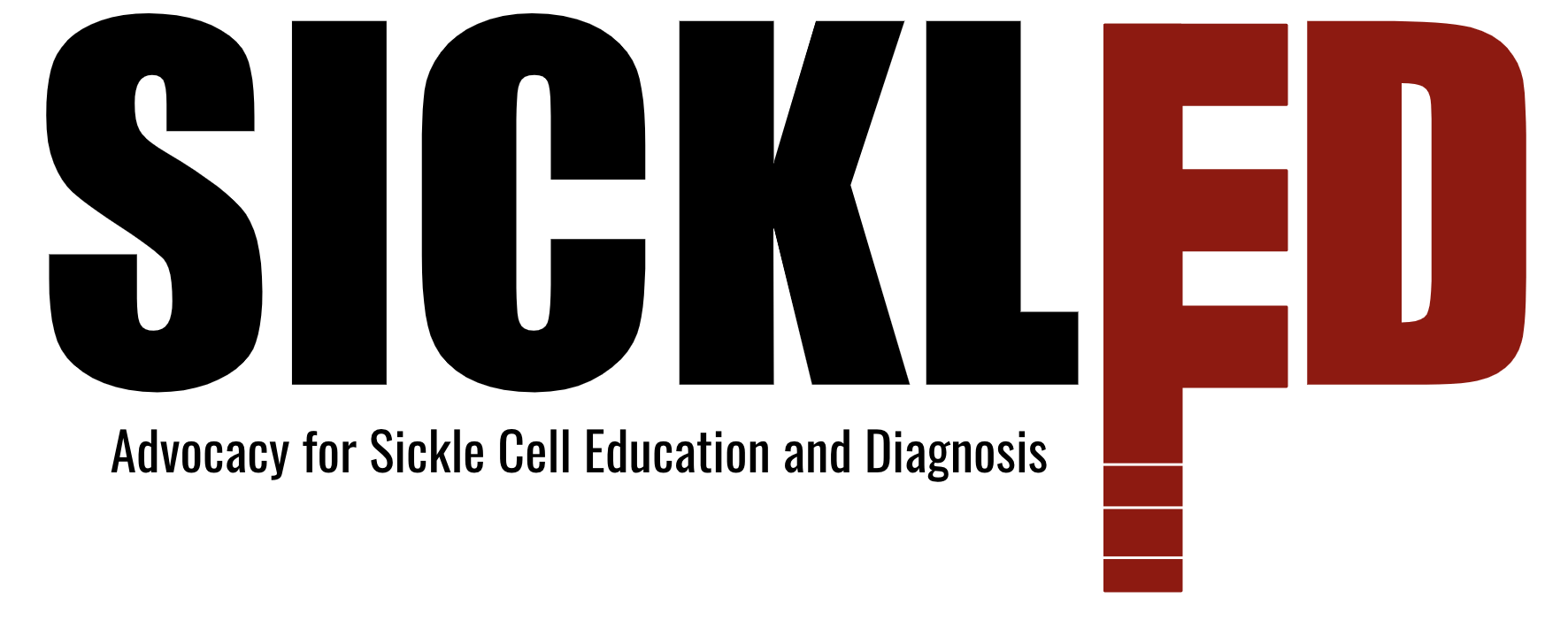We spent the morning at Gladys Karoma CHP observing antenatal care and vaccine day. First, we were invited to the examination room, where we watched the nurses listen for the baby’s heartbeat and kicking. They also felt around the stomach to ensure that the baby was positioned correctly and asked the woman for any complaints. The head nurse educated us that around 24 weeks is when they begin giving drugs for antenatal care, according to national standards.
Afterward, we went out into a more public area in the clinic to witness the procedure for administering vaccines to a group of around twenty pregnant women or women with children. It was a very public, community-oriented procedure, with groups of students standing and watching. The mothers were quiet and soft-spoken, while the head nurses were assertive and clearly respected. The routine was relatively organized, as each child had a pamphlet with what appeared to have their information and records. They were called up one by one to the center chair. The children’s ages ranged from a few days to around six months old. The vaccines were preserved in a small cooler with a now melted ice pack. Albendazole and vitamin A were given to the newborns orally while vaccine shots for malaria were administered to the mothers. To ensure sterility, the nurse administering the vaccines wore latex gloves, but he was not always conscious of what she was touching. She disposed of the syringes and needles in a hazard box, but there was no cleaning of the arm for sanitary purposes or use of a bandaid after.
Many women were willing to receive vaccines for themselves or their children despite their clear anticipation of the pain associated with a needle stick. Out of the six pregnant women or newborns that received vaccines, one refused. There was shouting at the woman who denied the care and she refused to give a reason as to why. The mother was clearly uncomfortable and quickly exited the hospital. Once we had left the clinic, our team reflected on the situation. It was great to see the healthcare professionals emphasizing the importance of vaccines, but we believed that perhaps the situation would have been handled better in private. The woman might be hesitant to return to the clinic after having such an experience. Afterward, we went outside to wait for the driver and the many students at the clinic asked us to take many pictures with them.
Overall the visit was very enlightening. Our team believes that one of the best ways to implement our device would be during vaccine days. A gathering of mothers and their newborns would be ideal for testing for sickle cell disease because we would be able to reach a large community group even in more rural areas. However, a concern we might need to consider is the public setting where the vaccine day takes place. If a child tests positive for sickle cell disease, the mother might not want her community to know immediately. Revealing the results in private might be the best way to address this issue.
We originally had plans for focus groups with EBK University; however, they were rescheduled for the following week. For the remainder of the day, we began our outline for our paper on what we have learned while being in Sierra Leone. Additionally, we continued to plan our days for the following week so that we make the most out of our time in the country.



